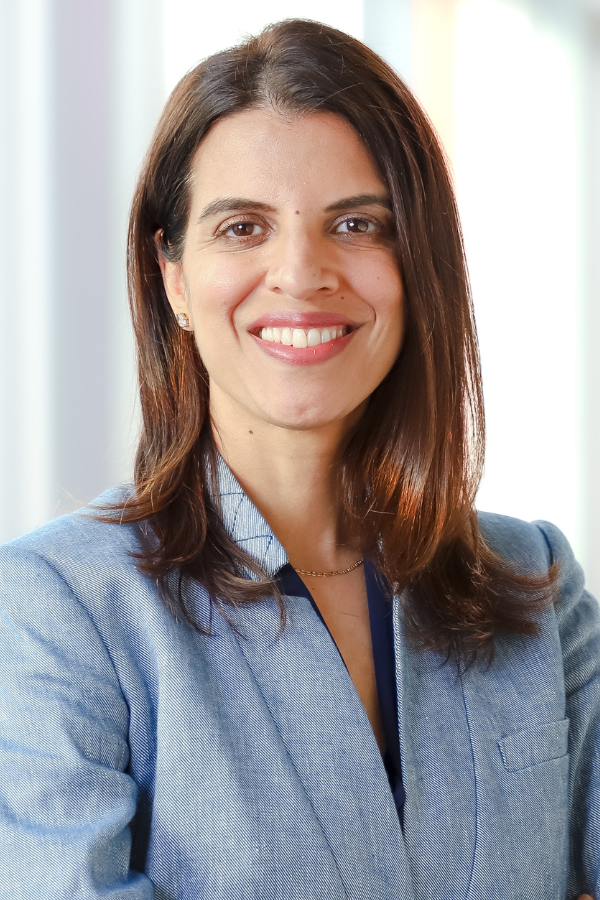Managing type 1 diabetes (T1D) can be challenging for patients, especially those from marginalized populations facing structural inequities. Families affected by T1D often grapple with managing a complex condition that requires continuous monitoring, timely insulin administration, and strict adherence to treatment plans. These challenges can be exacerbated for patients in socioeconomically deprived communities, where access to care and diabetes technology is often limited.

In Canada, while core diabetes care services are publicly funded, access to life-saving diabetes technology, such as continuous glucose monitors (CGMs), often relies on private health plans — creating financial barriers for many families. CGMs are wearable devices that track blood glucose (sugar) levels throughout the day and night, helping children and adolescents with T1D experience better health outcomes and quality of life.
Recognizing this gap, several provinces, including BC, have introduced public policies offering universal coverage for CGMs. In a paper recently published in Diabetes Technology & Therapeutics, researchers at BC Children's Hospital Research Institute (BCCHR) found promising evidence that BC’s universal coverage has successfully eliminated financial barriers to accessing T1D care. This policy has been key to increasing CGM uptake across some of the most socioeconomically deprived groups in the province. “Children who use CGMs show better glucose control, which reduces their risk of serious diabetes-related complications in the future,” says Dr. Shazhan Amed, lead in the study, investigator at BCCHR, and clinical professor in the Department of Pediatrics at the University of British Columbia. “While significant progress has been made, the study also revealed that these policies haven’t completely eliminated socioeconomic disparities in accessing T1D care.”
“Access to technology like CGMs is a critical first step, but more work is required. While this approach moves us closer to equality — providing the same coverage opportunities to everyone — it doesn't necessarily lead to a fair outcome,” Dr. Amed says.
“It’s essential that we find solutions that cater to the unique needs of individuals and remove the structural barriers that perpetuate these disparities.”
To address these deeper challenges, the team analyzed clinical outcomes in 477 children with T1D enrolled in the BC Pediatric Diabetes Registry. They compared health outcomes and CGM adoption trends before and after the introduction of universal coverage in BC (from June 2020 to December 2022).
Their results showed that disparities beyond financial barriers persisted. Factors such as public policies, societal constructs, social determinants of health, and provider biases might disproportionately affect marginalized groups, limiting their ability to fully benefit from CGM technology. Examples of barriers might also include the lack of inclusivity for educational materials. For instance, when these materials are only available in one language, families who speak other languages may struggle to understand and use these technologies effectively. Additionally, clinical gatekeeping can create inequities when health-care providers unintentionally restrict access by determining which patients are suitable for advanced diabetes tools based on subjective assumptions or biases.

Dr. Amed emphasizes that achieving equity in T1D care requires a multipronged approach. To ensure that every child with T1D receives treatment based on their circumstances, additional efforts to remove systemic barriers and causes of inequality need to be made as well as expanding current universal funding policies, such as including access to other technologies like automated insulin delivery (AID) systems. AID is a device that helps people with diabetes manage their insulin by automatically adjusting its delivery based on blood glucose levels. Past studies have shown that, similar to CGM, AID improves the lives and health outcomes of people living with T1D regardless of age or socioeconomic status.
In addition to expanding funding policies, other priorities pointed by the researchers include raising awareness about the benefits of diabetes technology, addressing provider biases, and ensuring the necessary training and resources to clinicians so they can integrate these tools effectively into patient care.
“Only by addressing these challenges holistically can we move beyond access and achieve true equity and justice in pediatric diabetes care,” Dr. Amed says.




